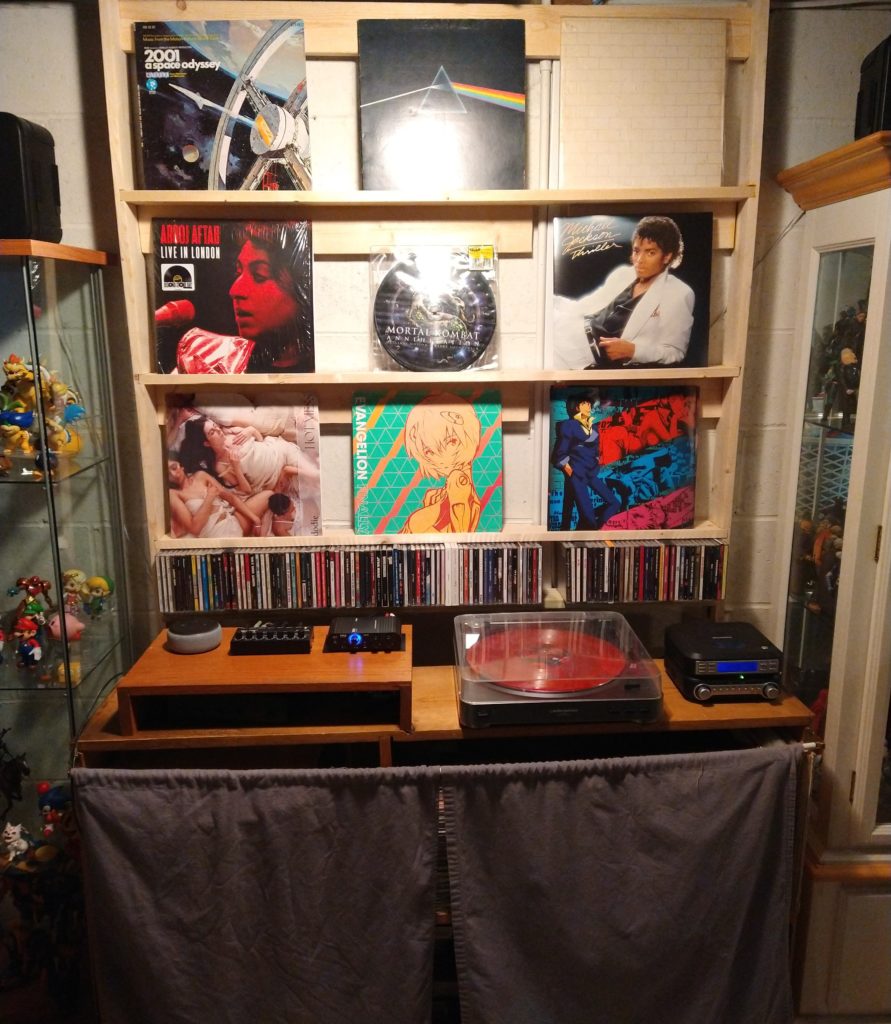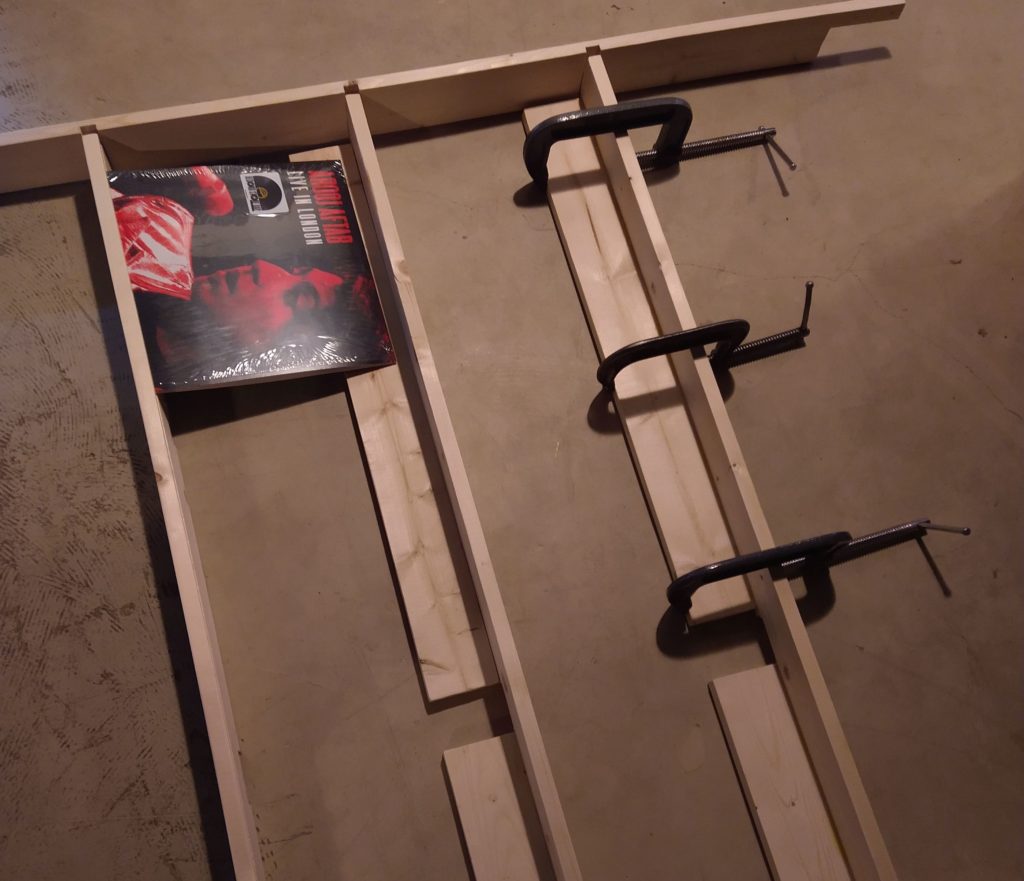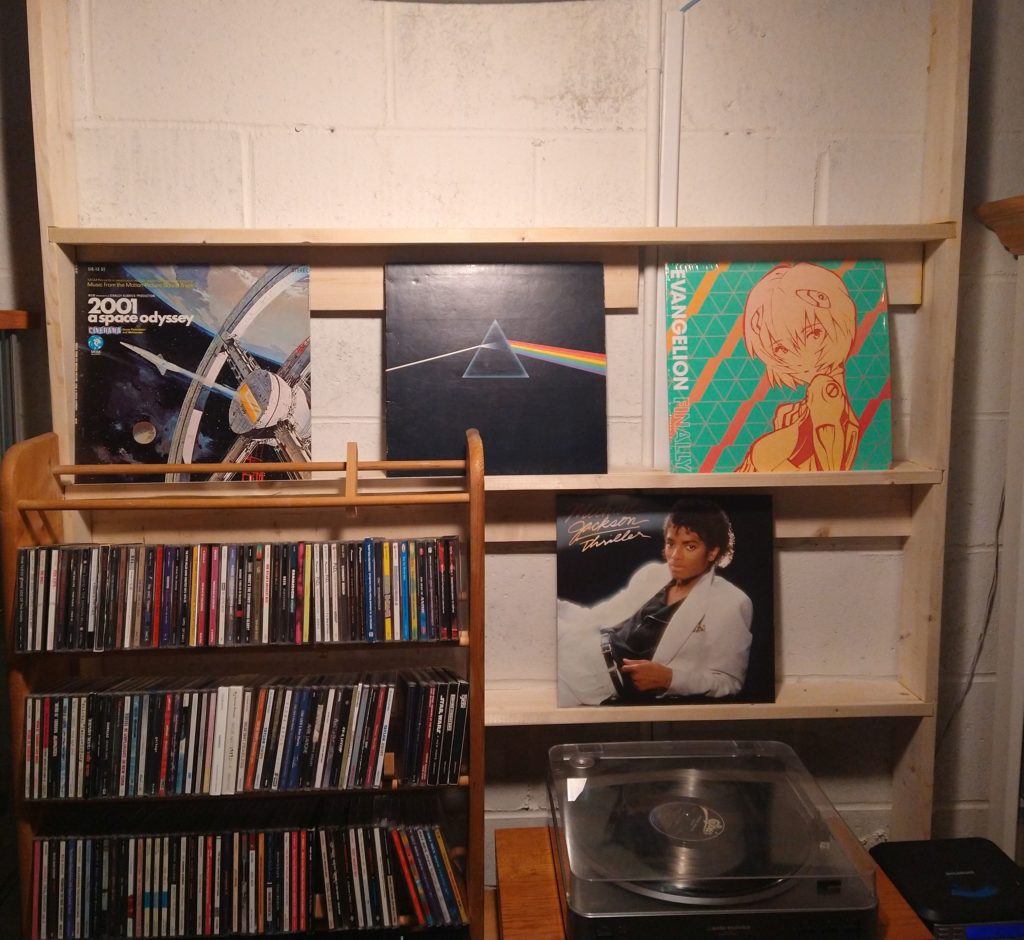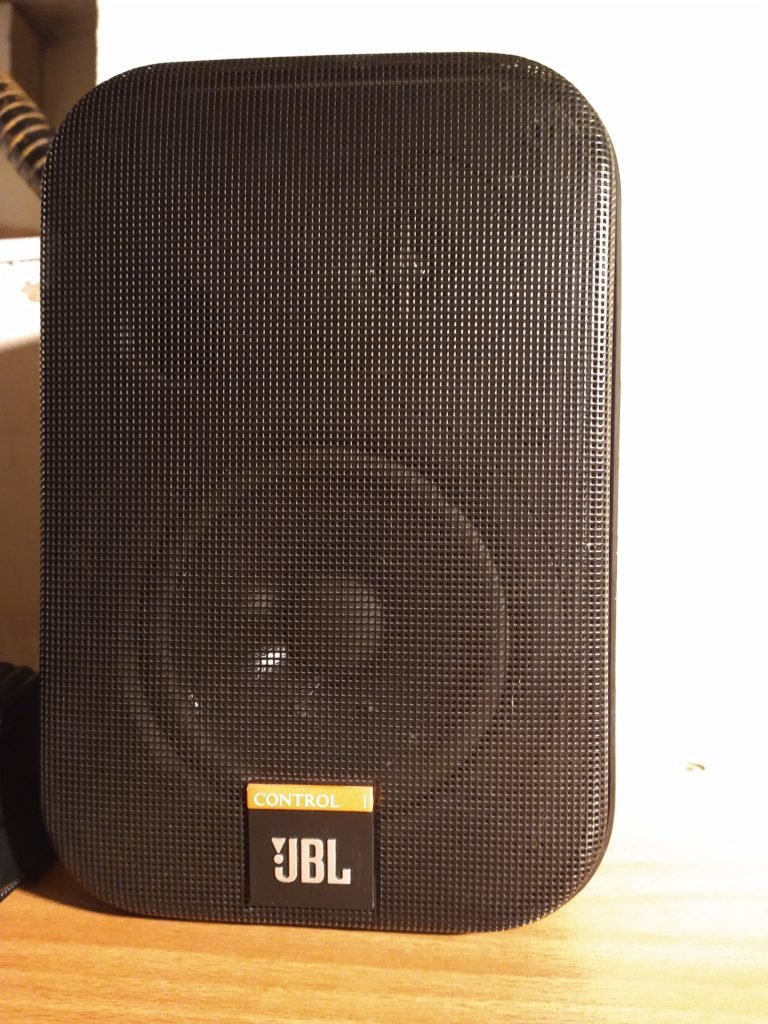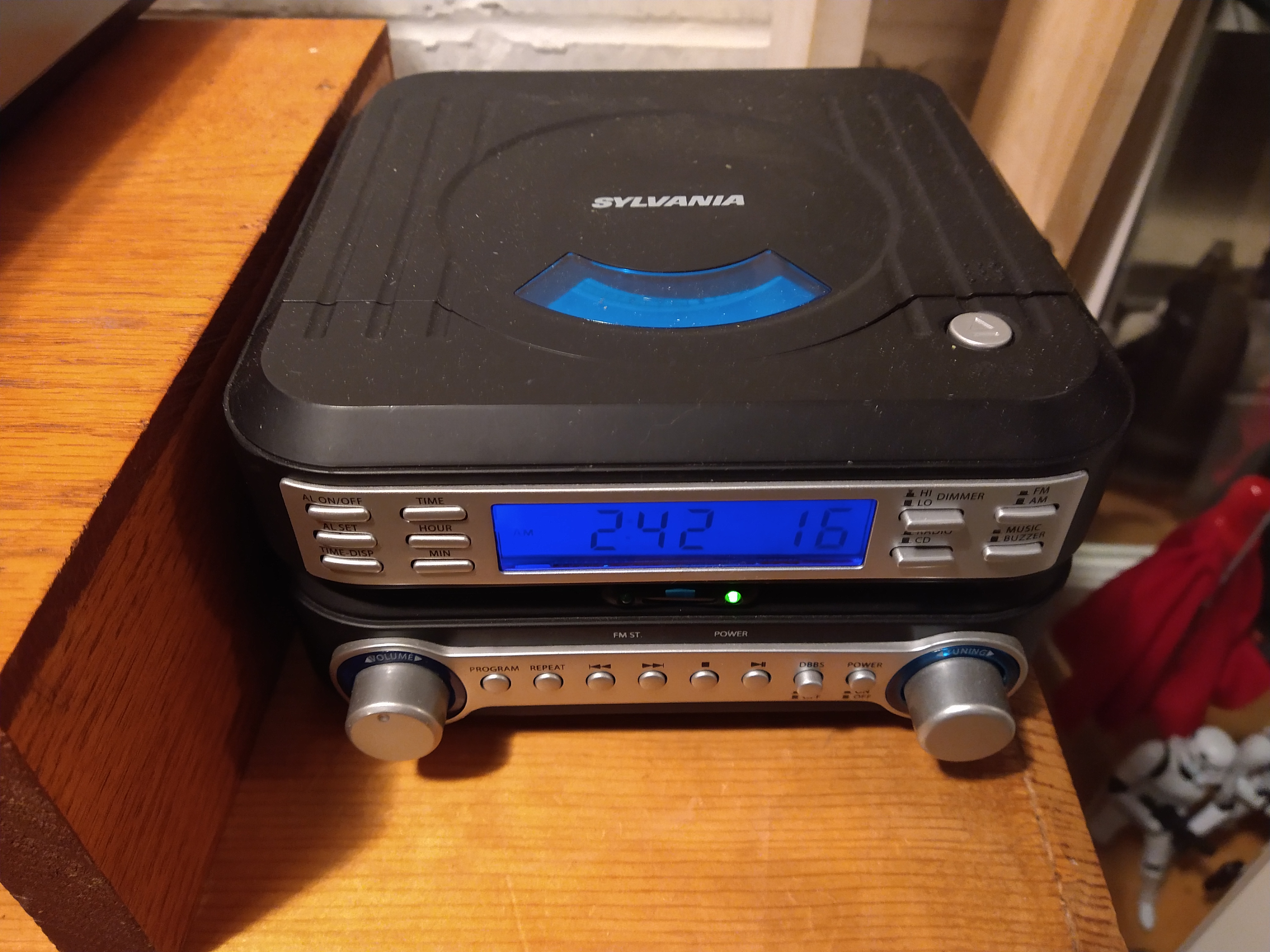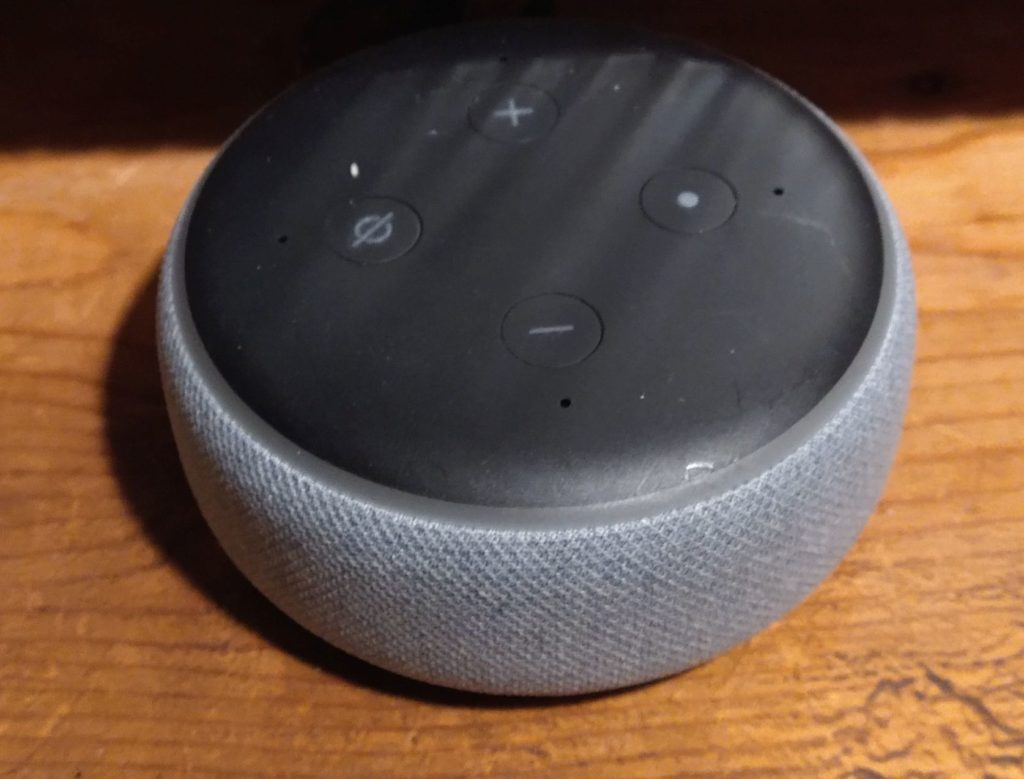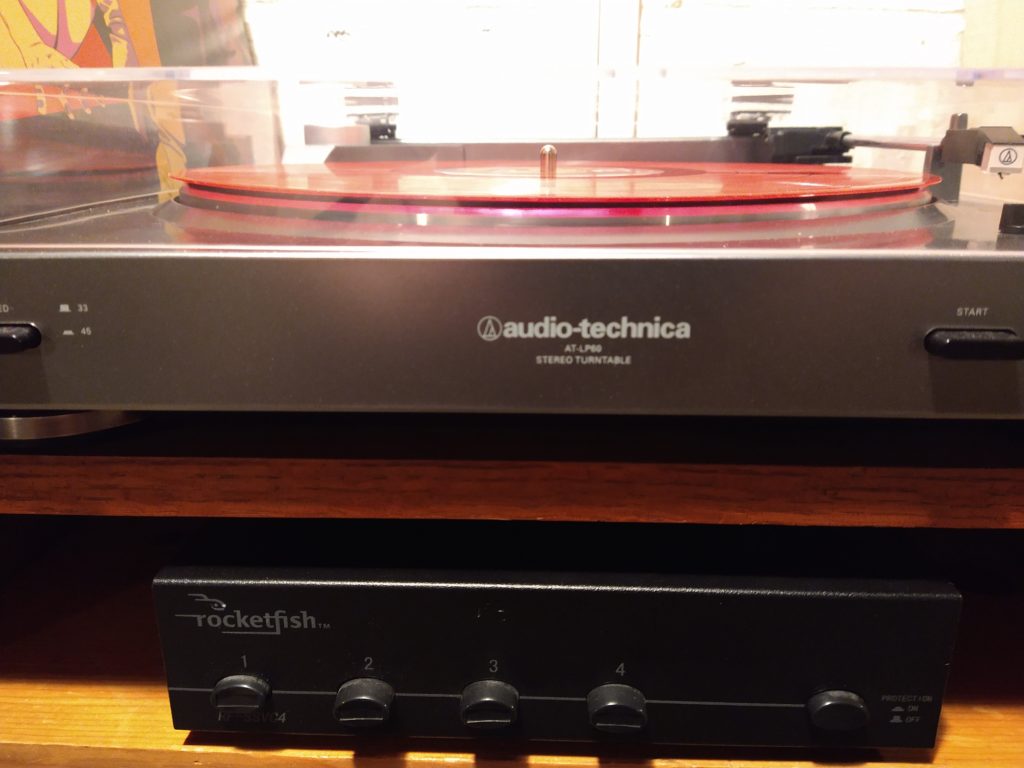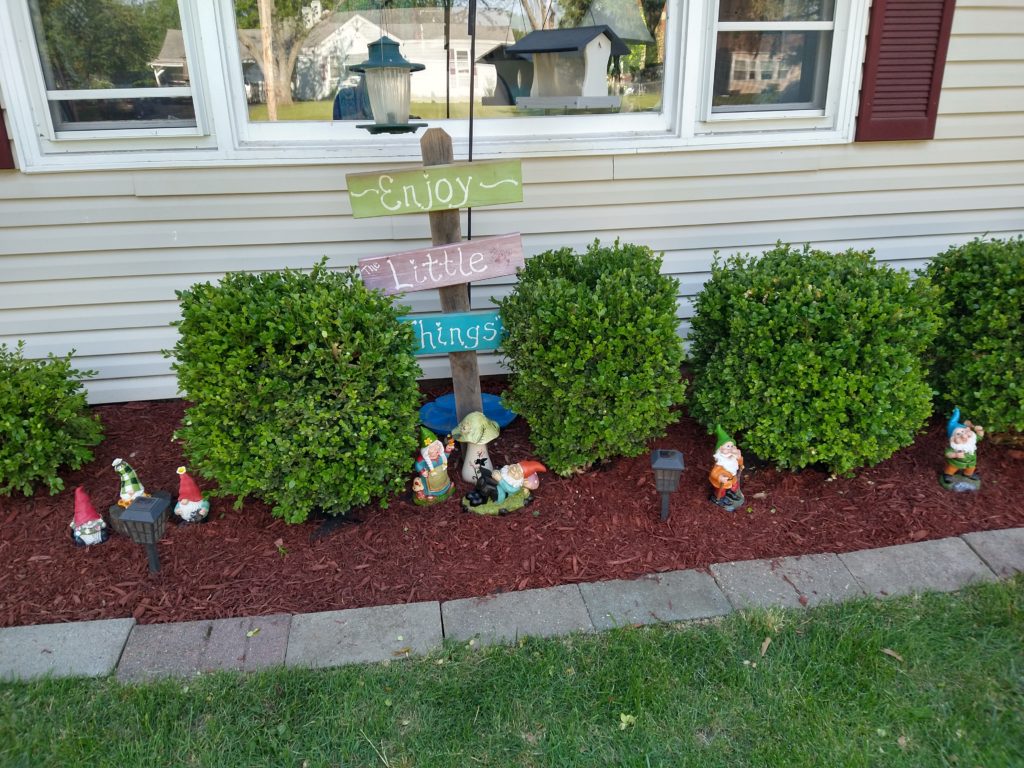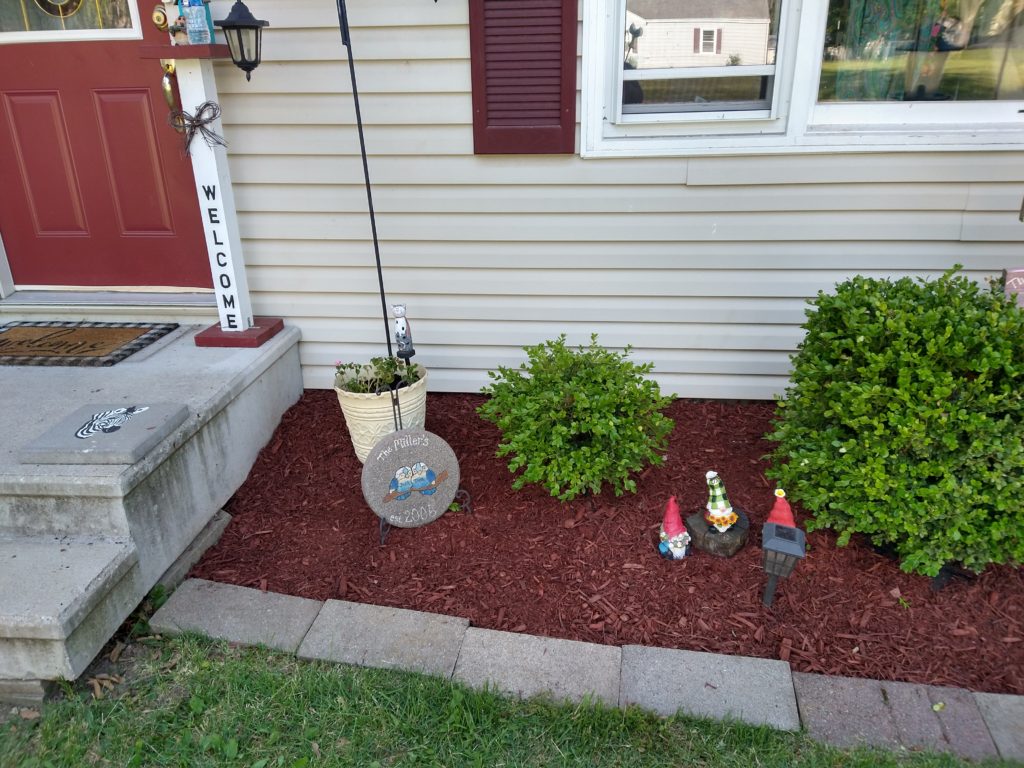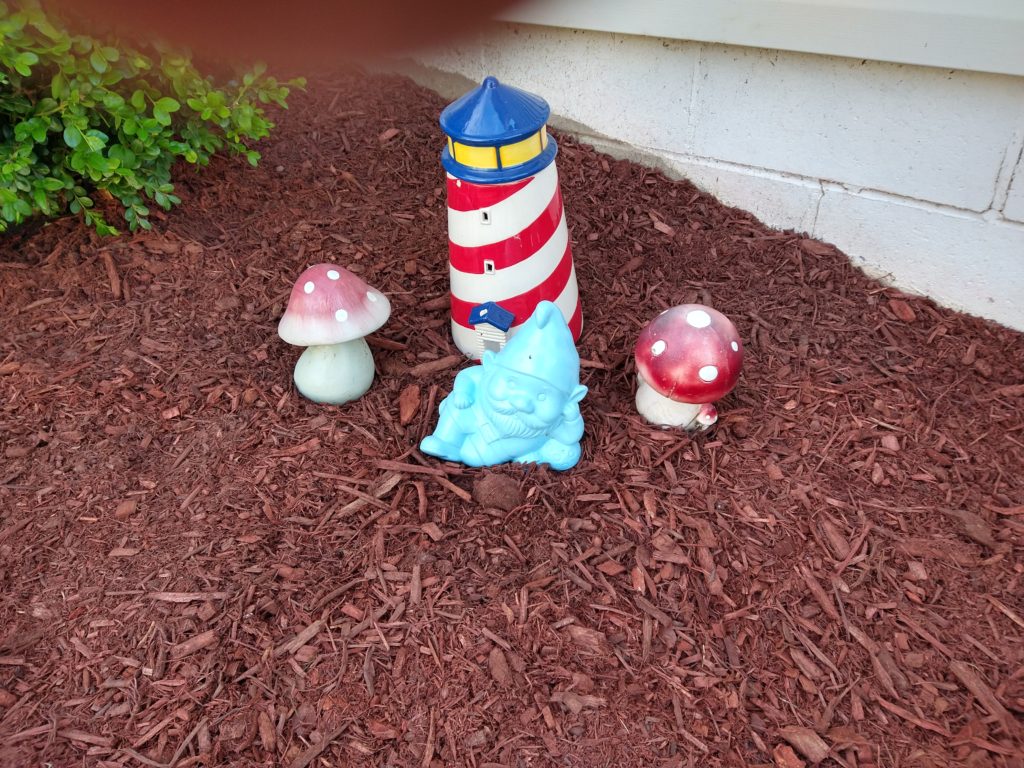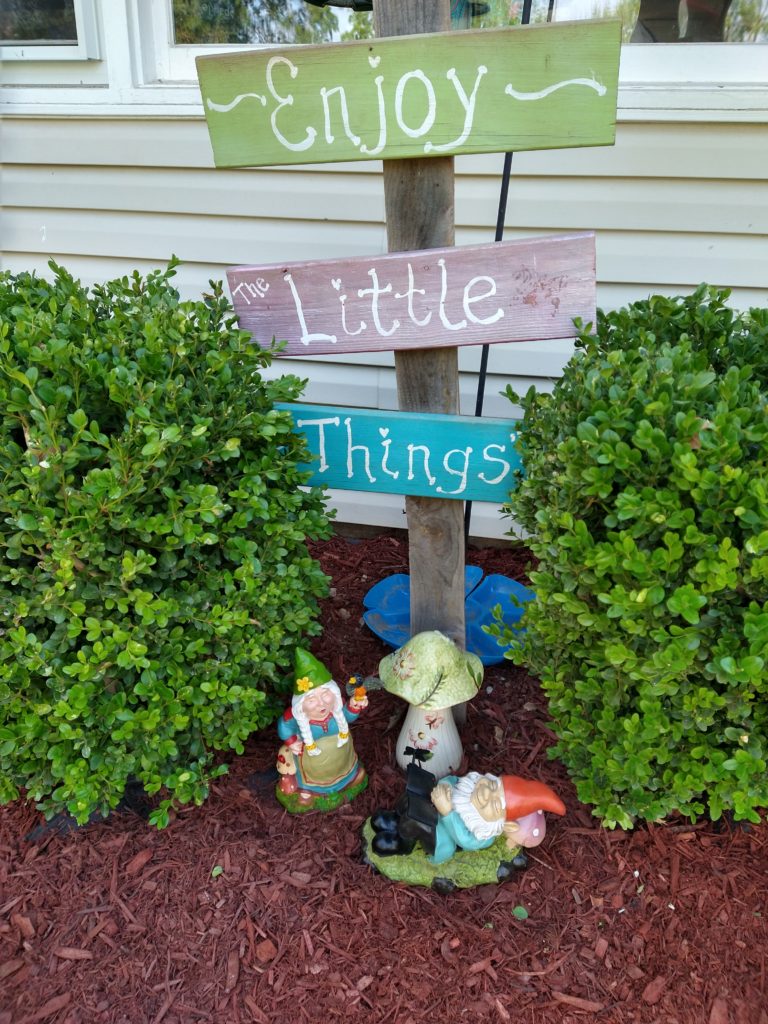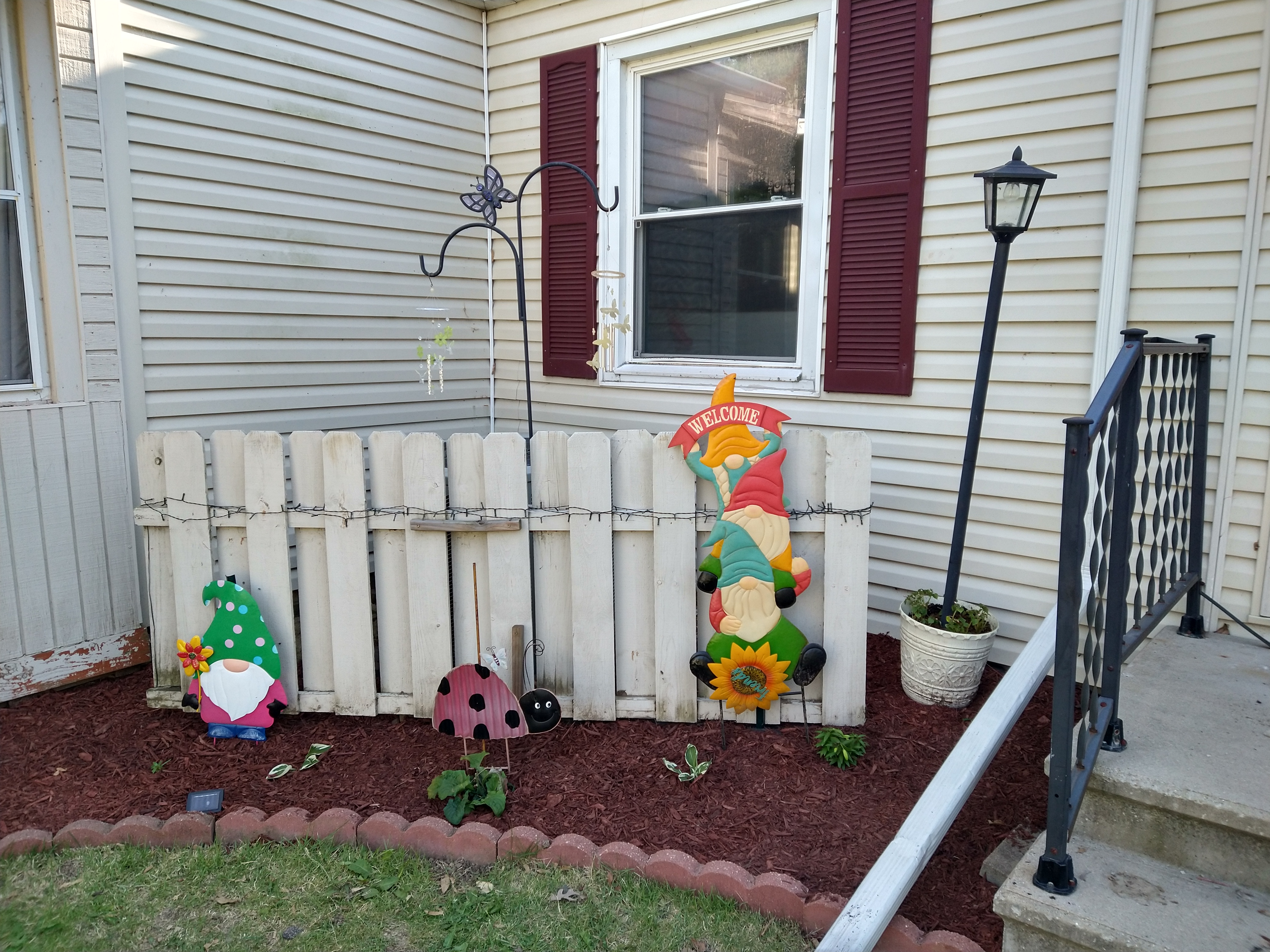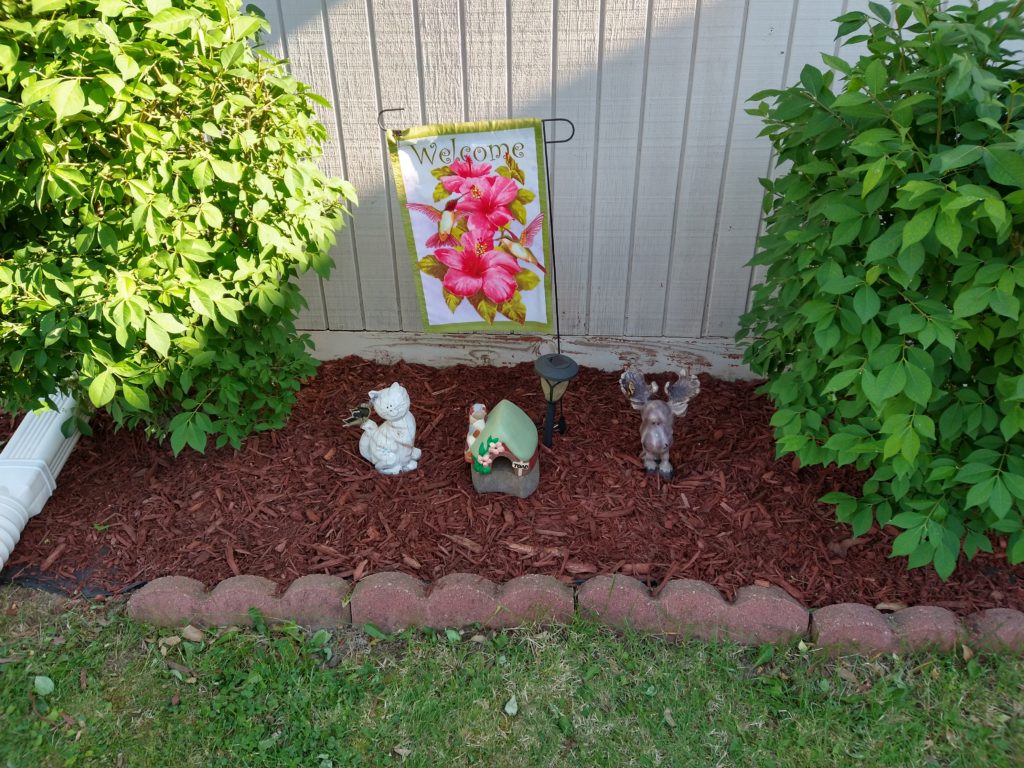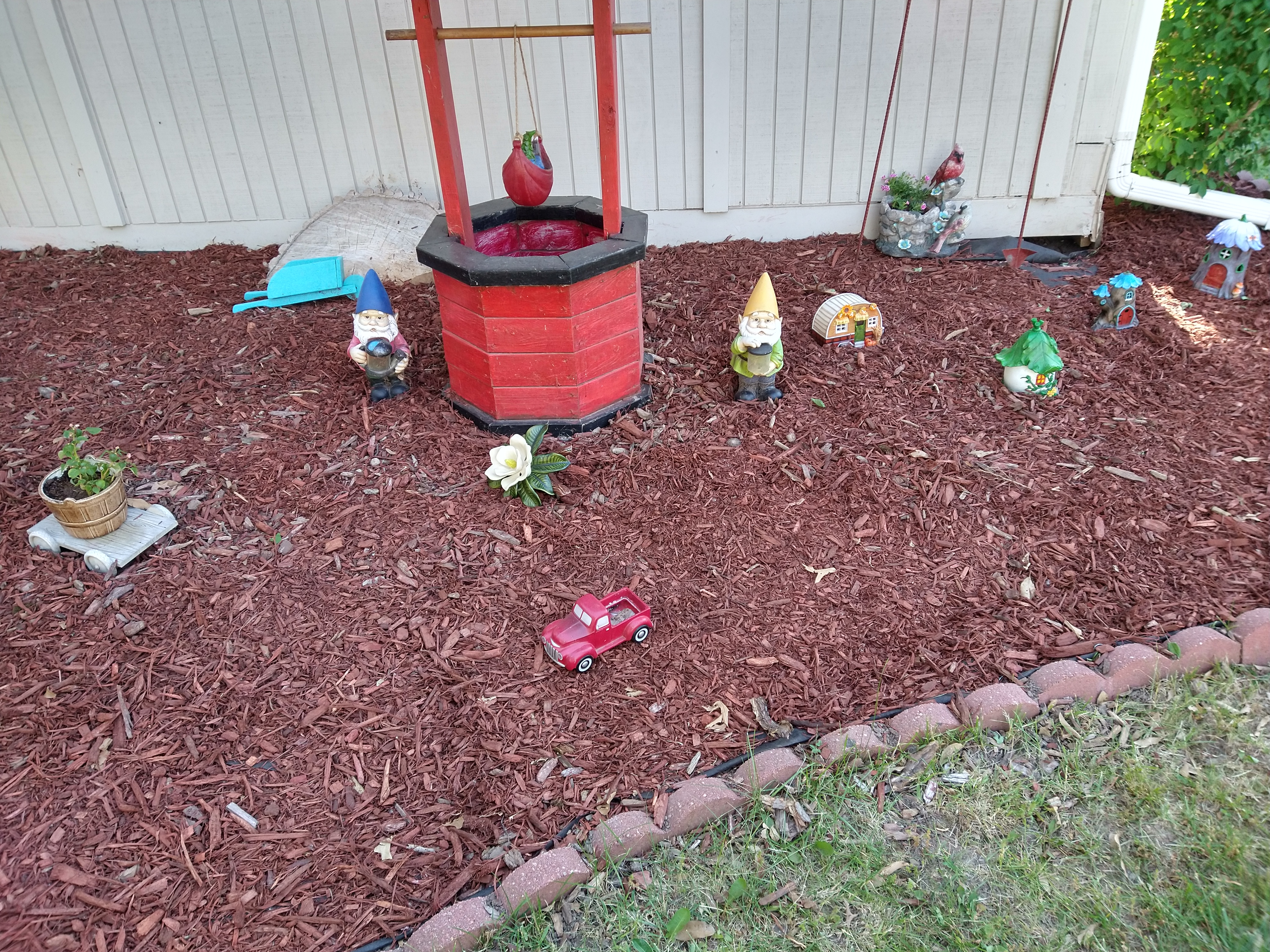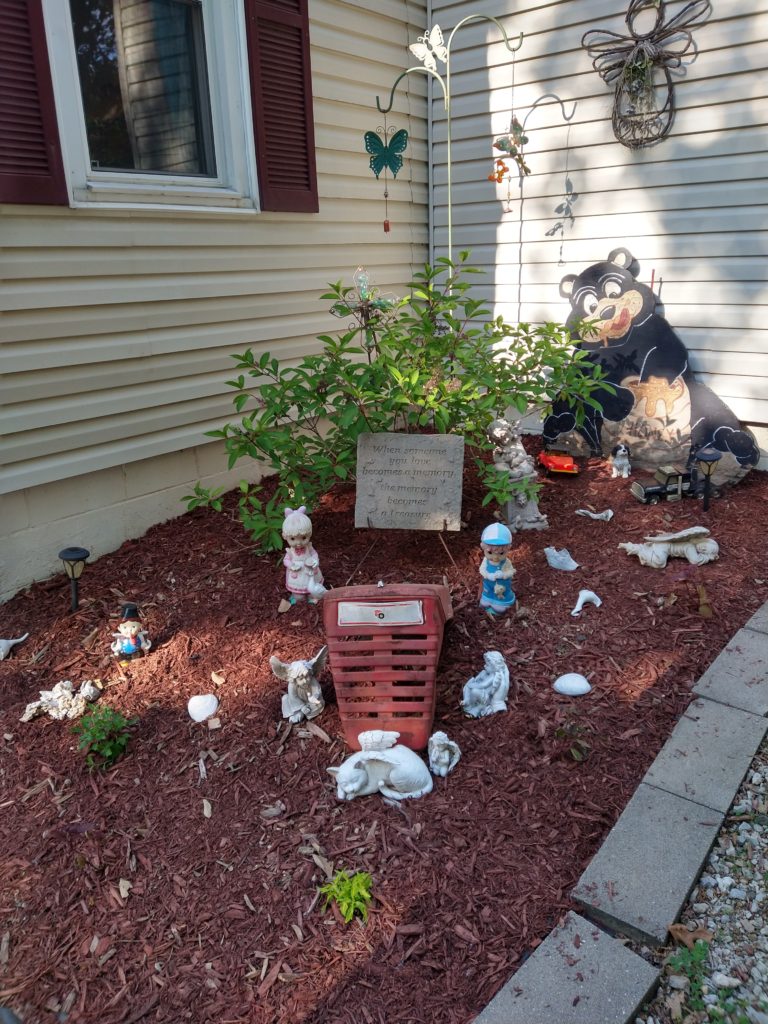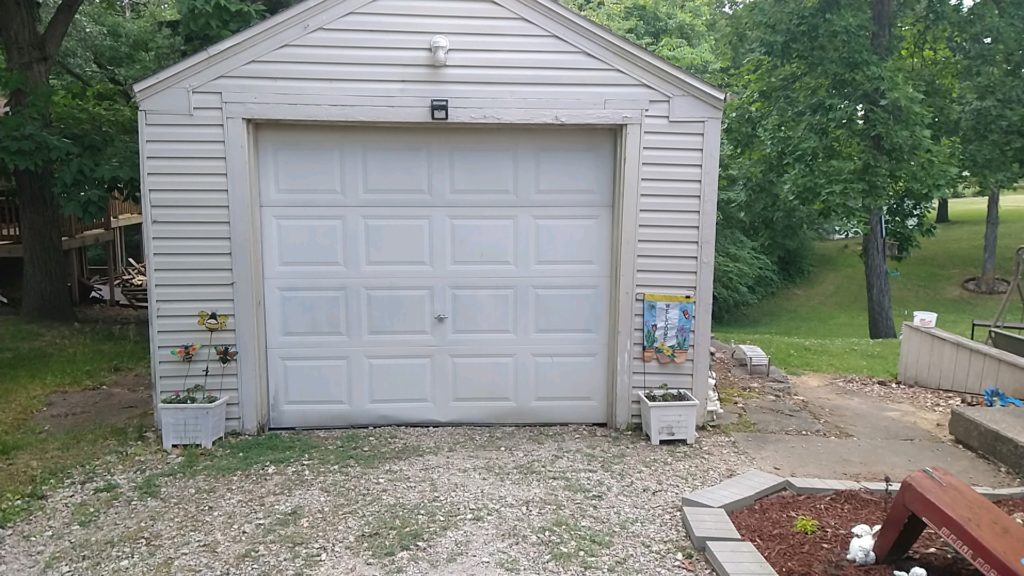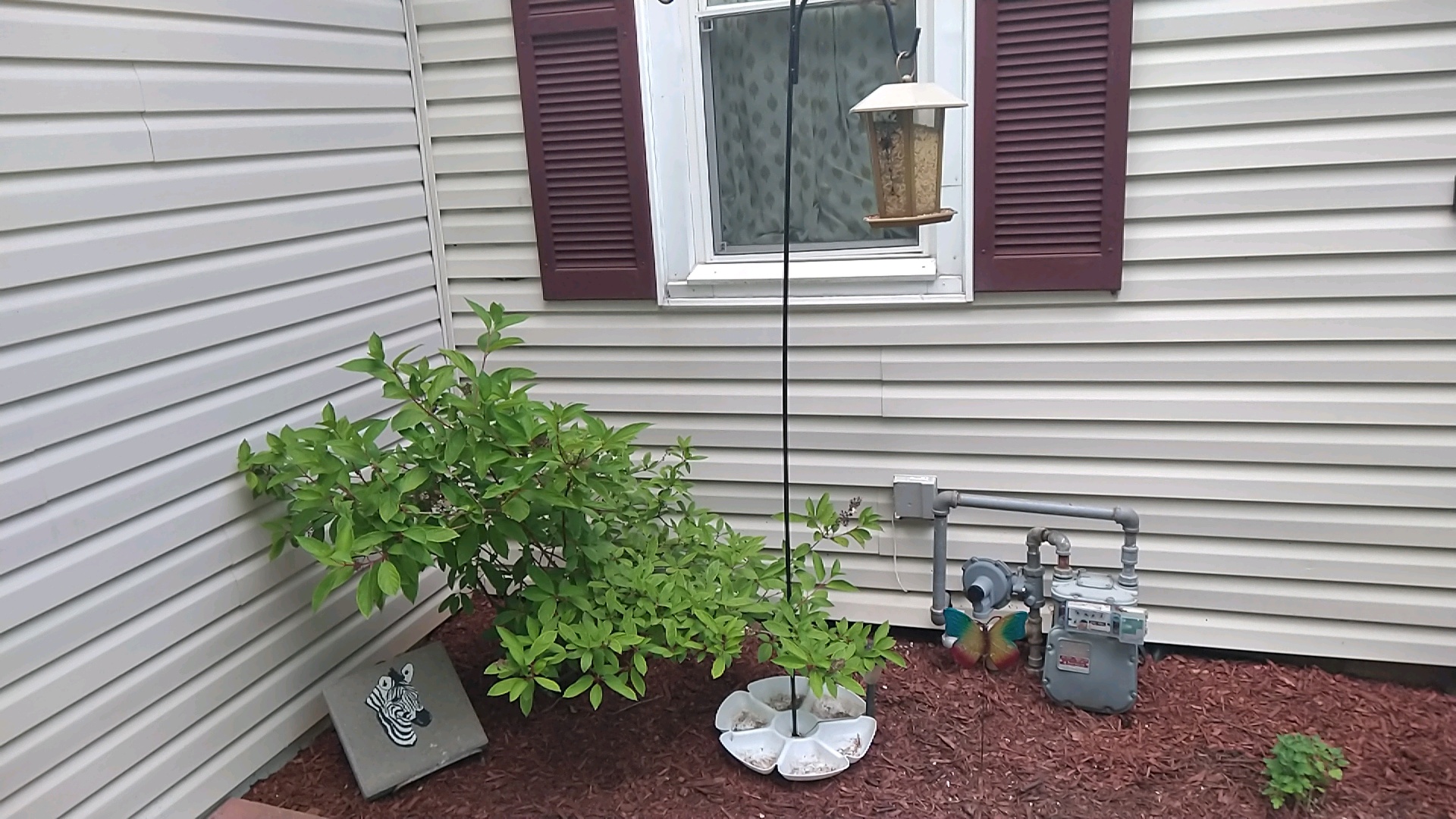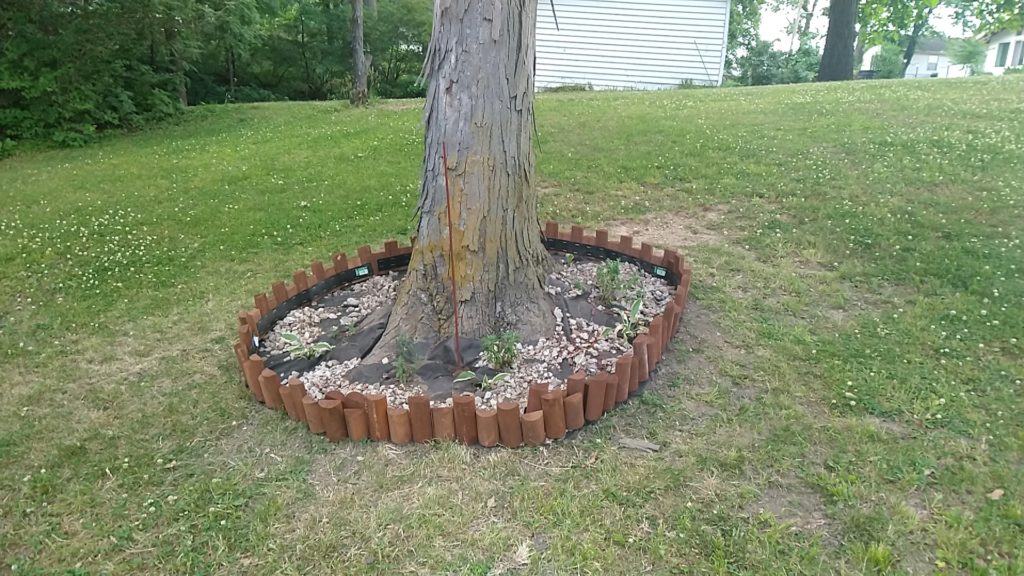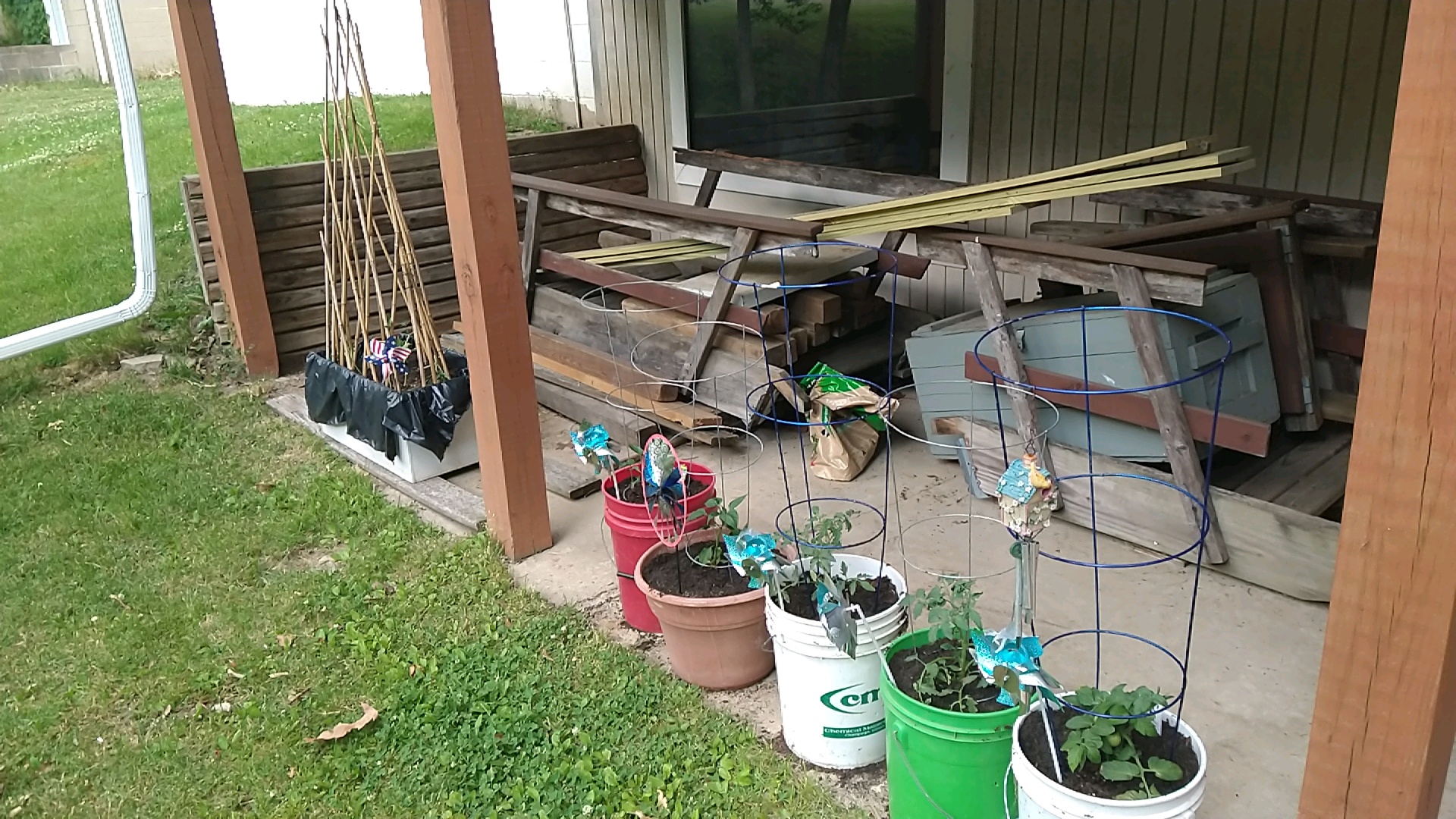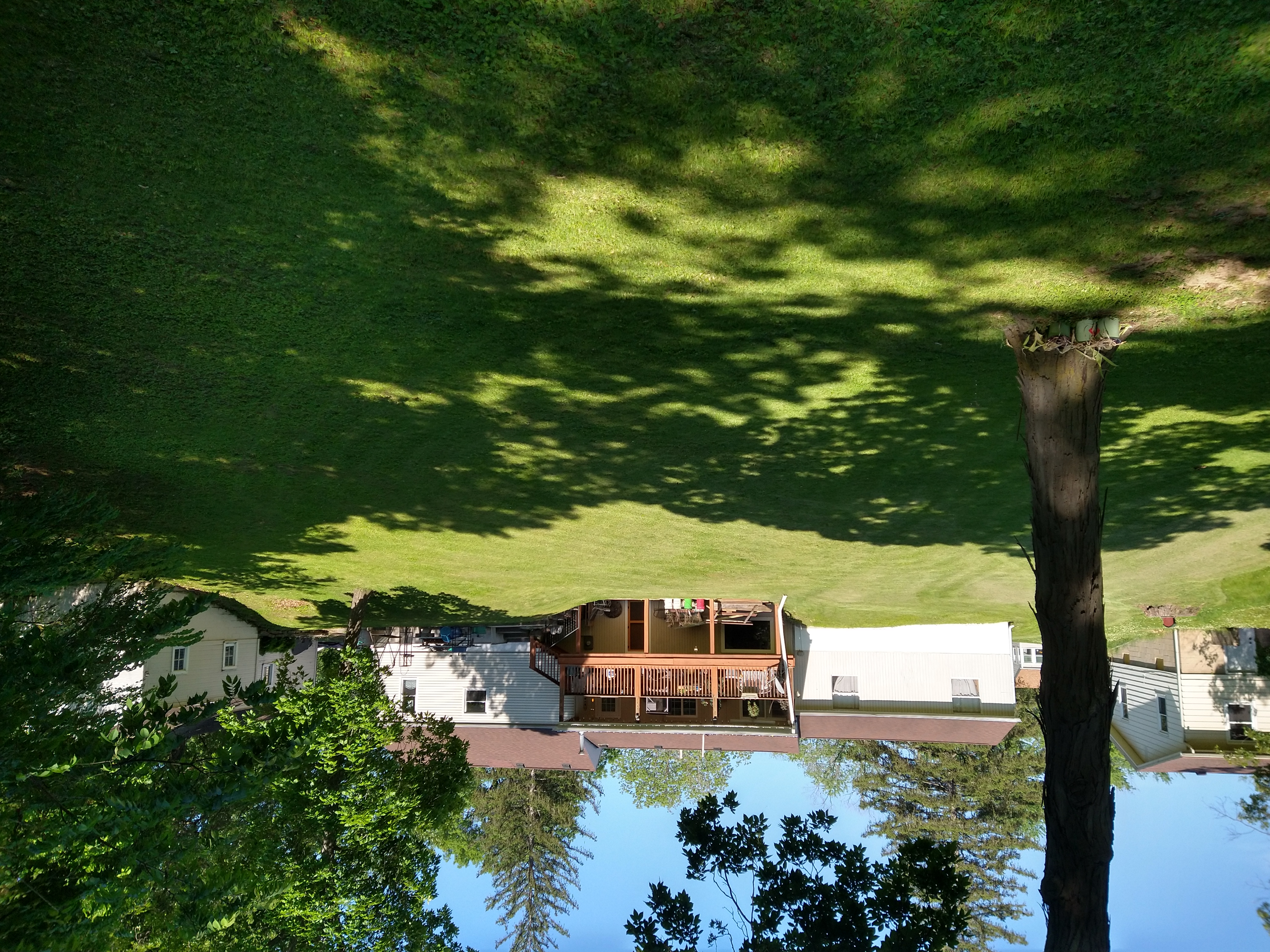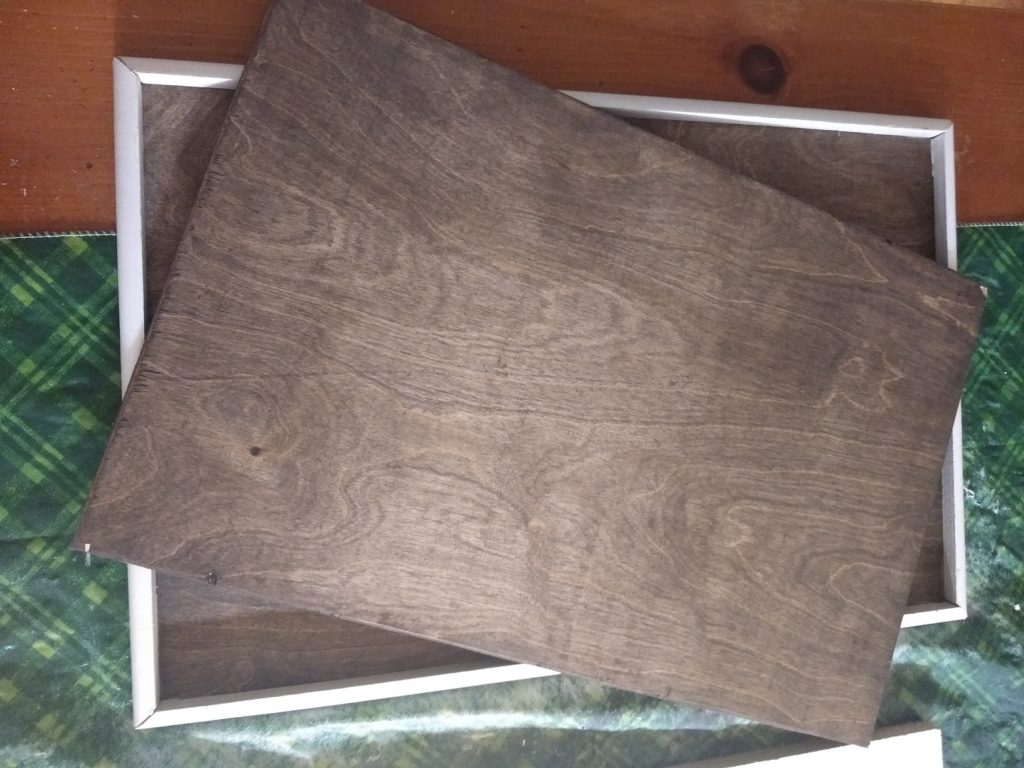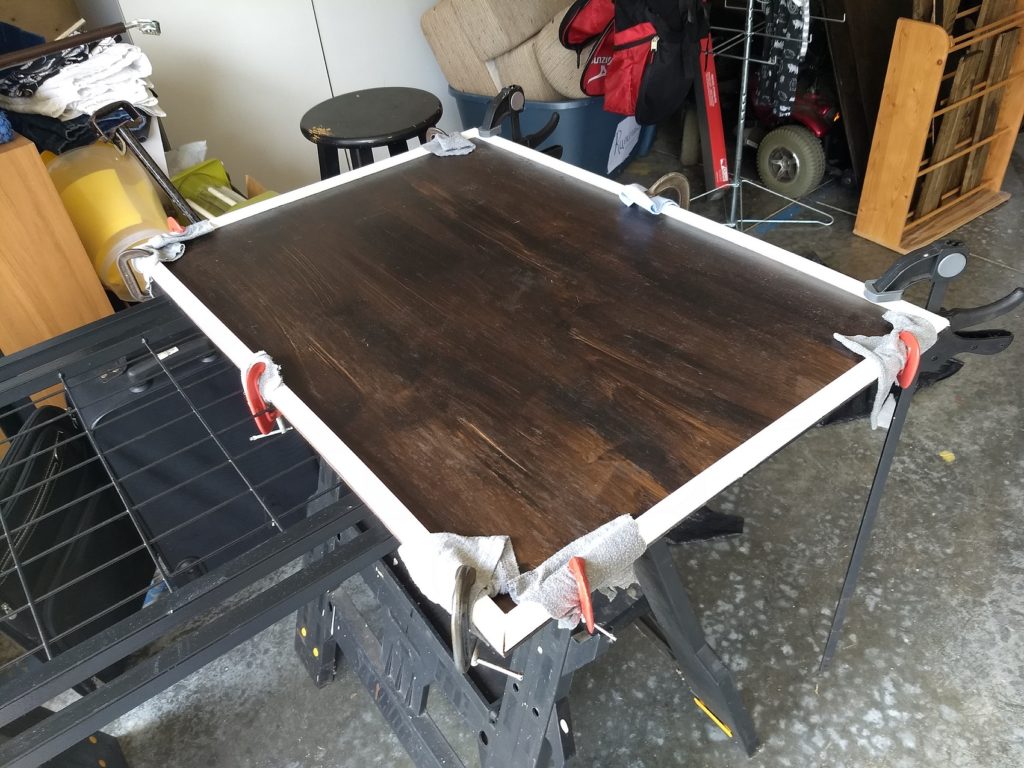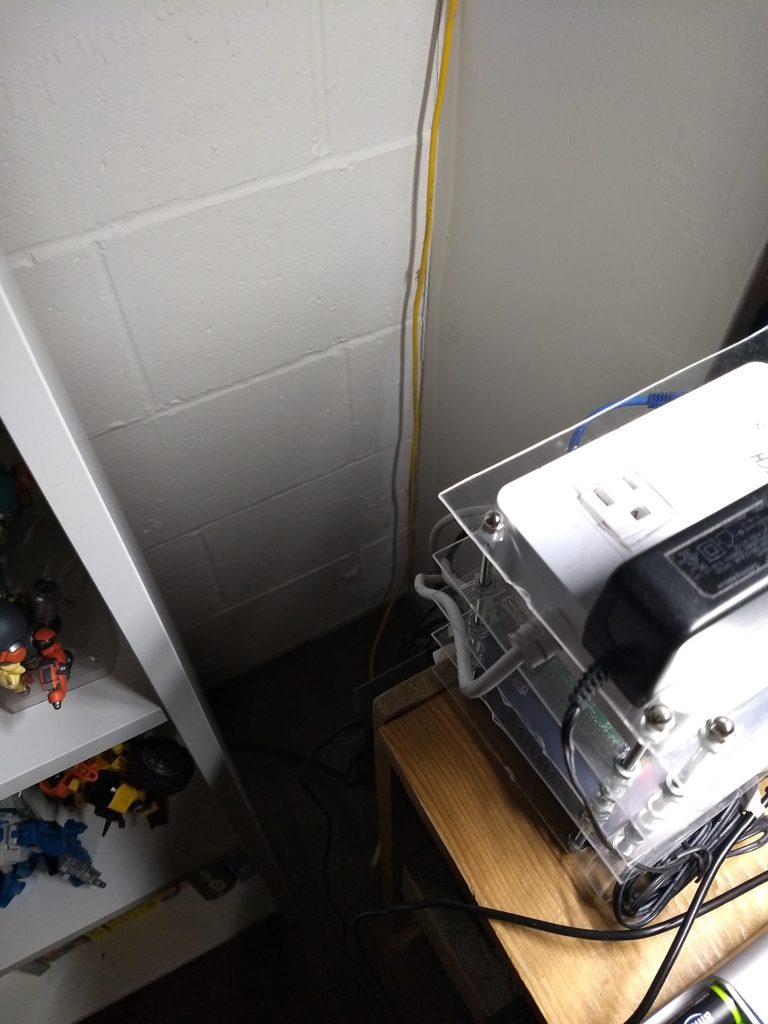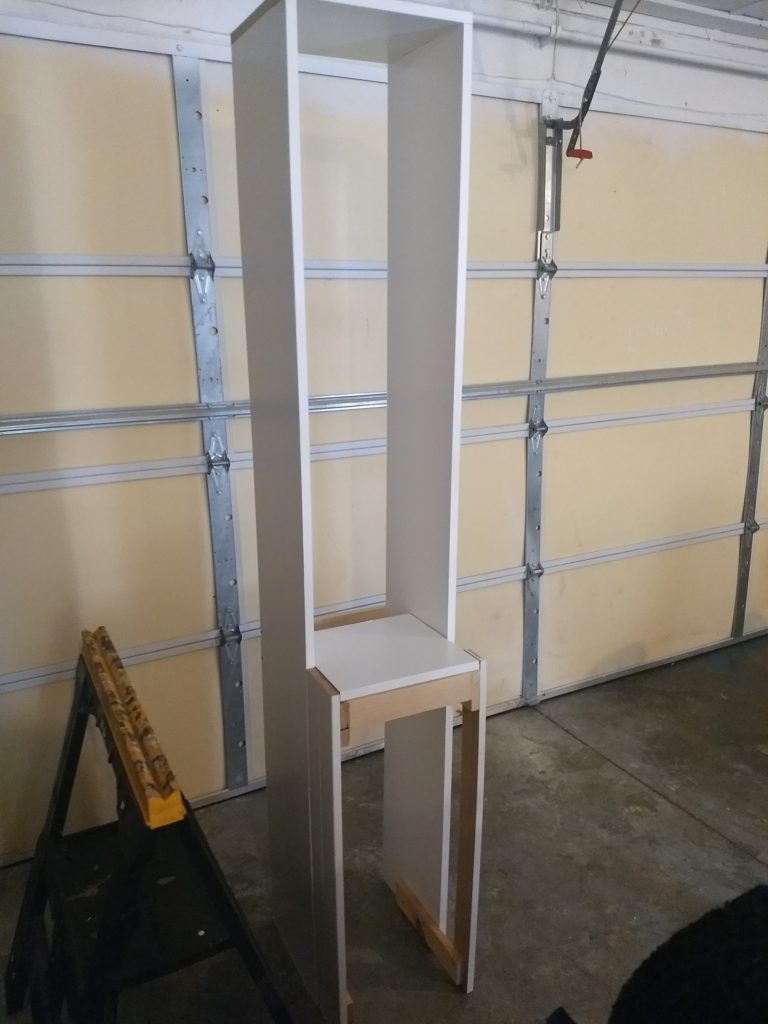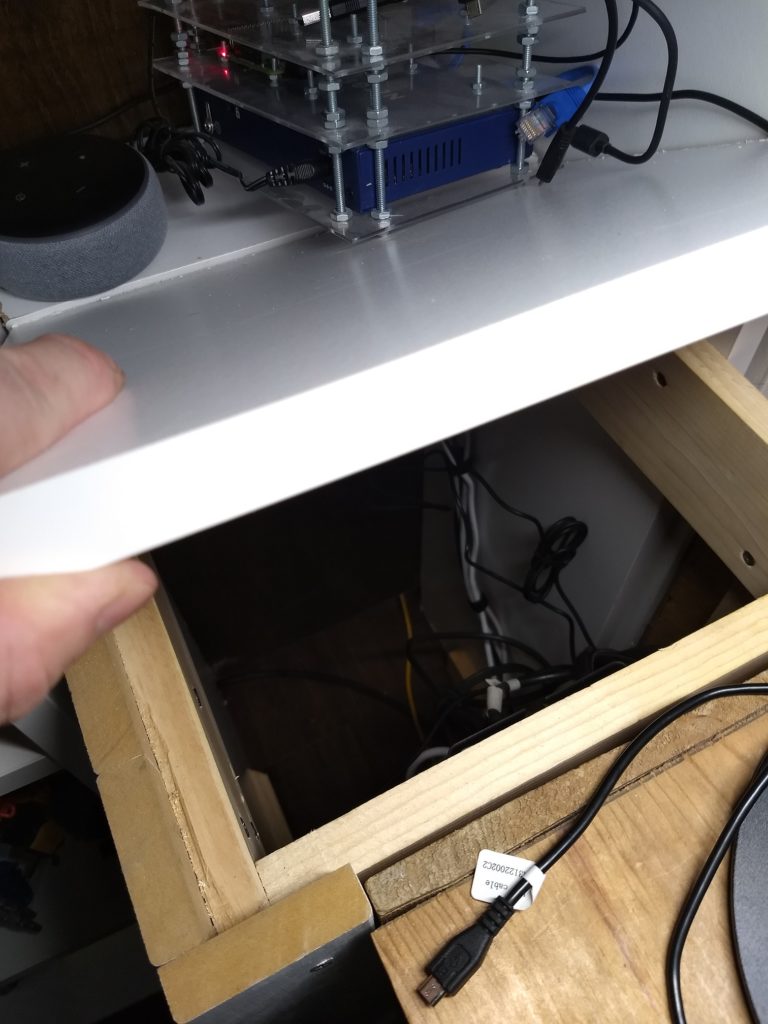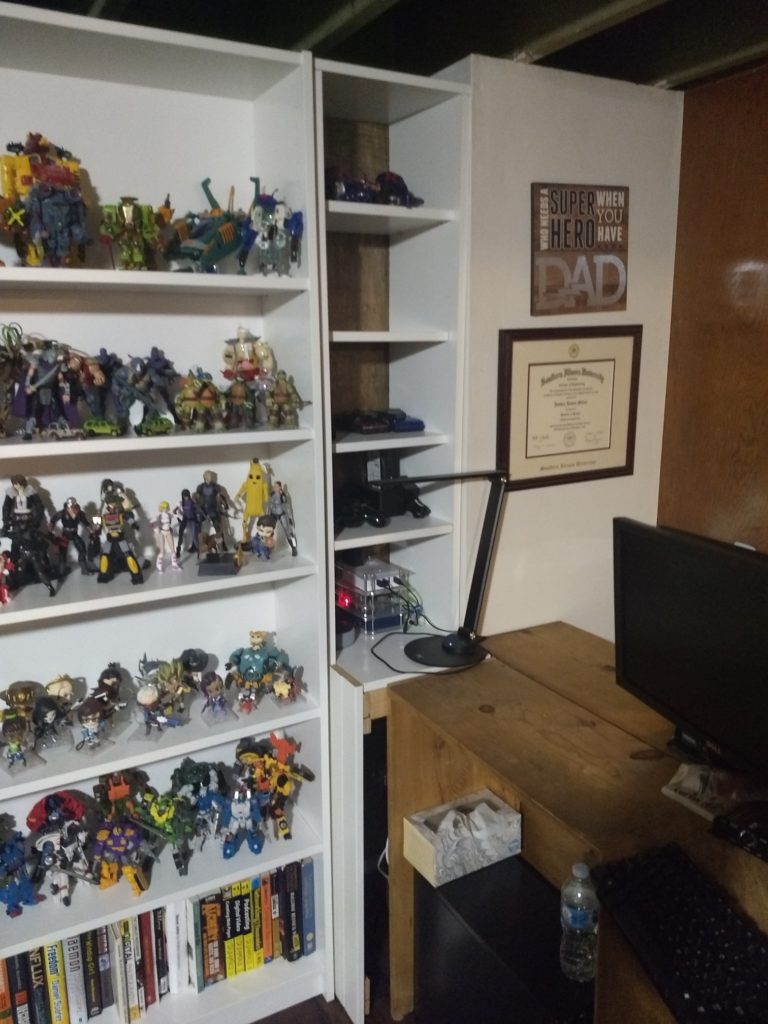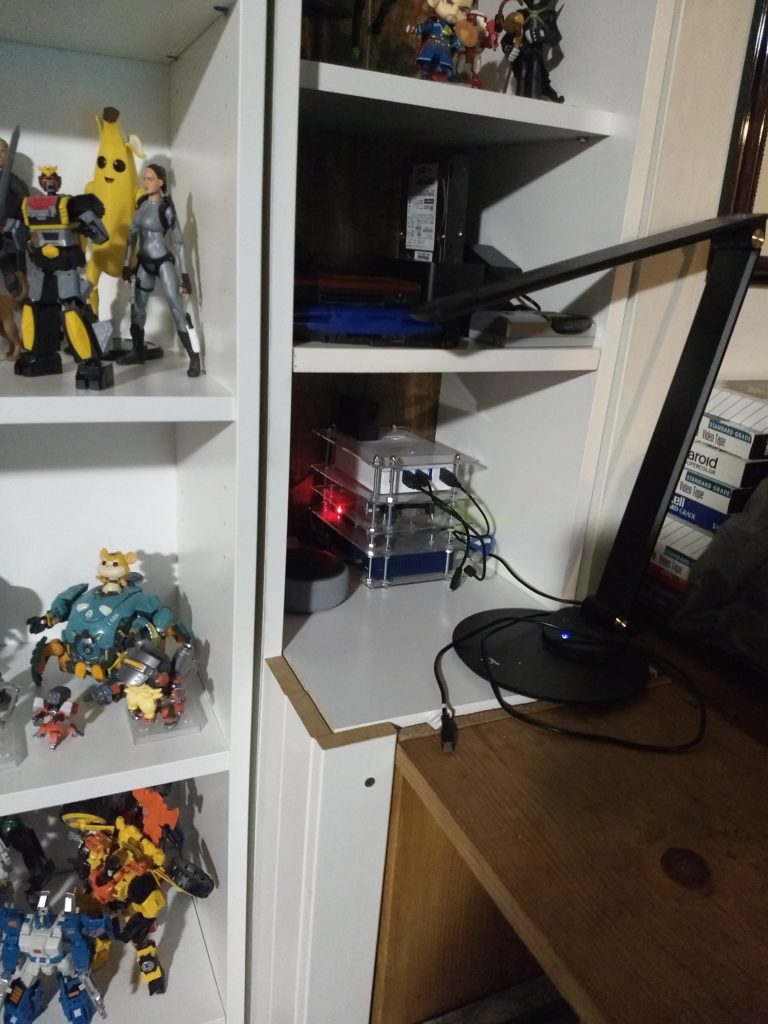The Shop
So lately I have been a bit busy in the background helping my wife and daughter with a big project. They are opening up a vintage clothing store. They already sell online, but they are now working on opening a physical store as well. Technically, my daughter is opening up a store, and my wife is going to be running her online stuff out of the back. They have talked off and on about renting or buying a space and found a location a few months ago that fits their needs and budget.
They have done a lot more of the work than I have, mostly because they have more available time, but also because they seem to want to do a lot of it so they know its done the way they want. I have been doing a lot of little side projects though related to it and helping out with moving the totes of stuff they have to sell in store or online to the shop from storage.
One of the first big projects was stripping and refinishing the old wood flooring. The previous tenant was an HVAC shop and the floors were kind of gross and a bit rough. We rented an upright sander from Menards and I got to have the fun of running that for a few hours one afternoon. It was surprisingly easy to work actually. The hardest part was lifting it in and out of the van because its heavy as heck.
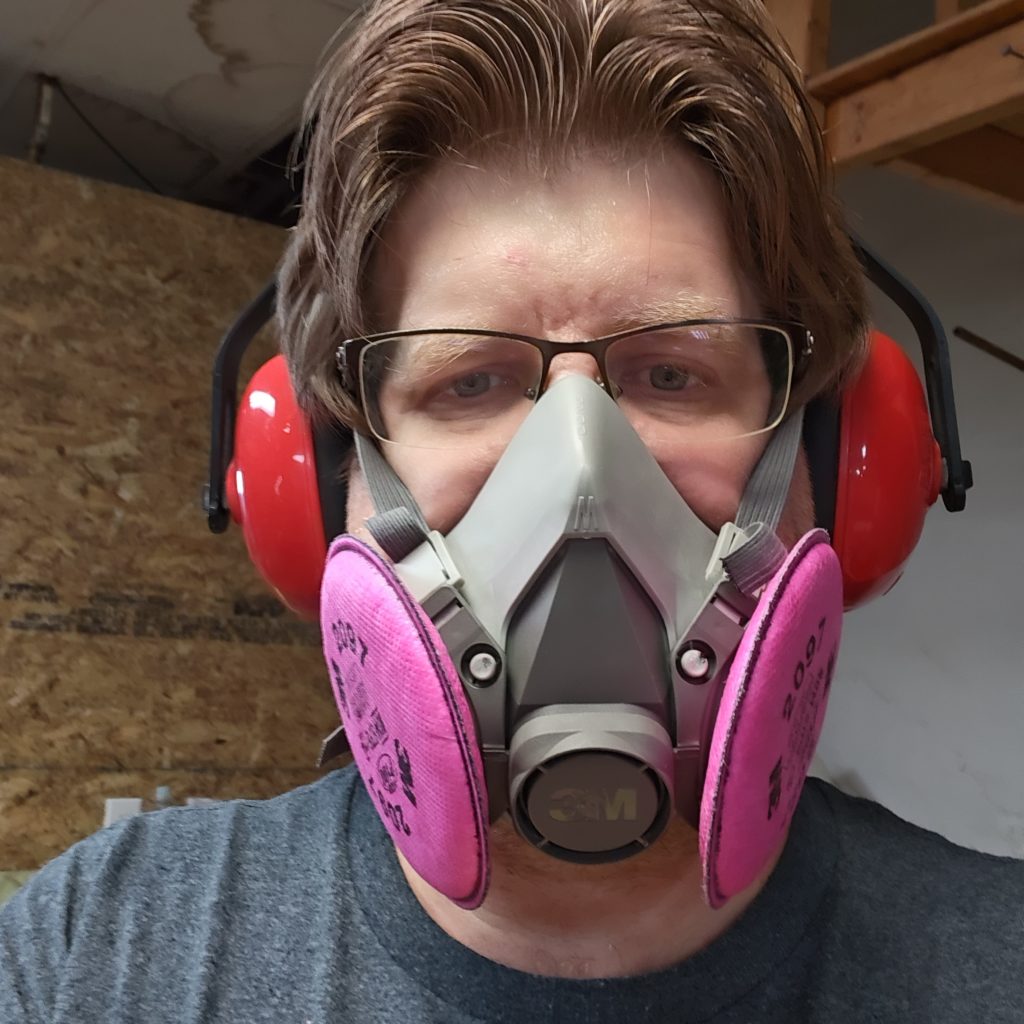
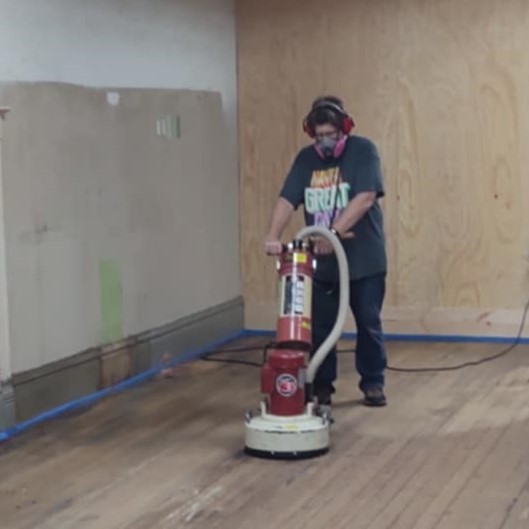
“Pro tip”, the handle, at least on the one we got, comes right off of you remove the locking bolt. Its much easier to transport in two pieces.
They spent the next few days doing additional detail sanding and then putting several coats of polyurethane down on the sanded floor. Its not perfect but it looks a heck of a lot better than it did.
The next major step was painting the walls, another project I didn’t participate in, mostly due to my day job.
I have constructed a few things though and still have more to do.
One thing we looked into was hanger organizers. Amazon had a few options, but we decided that we could just build a few. I bought up a bunch of PVC piping and constructed these stand up racks for spare hangers.
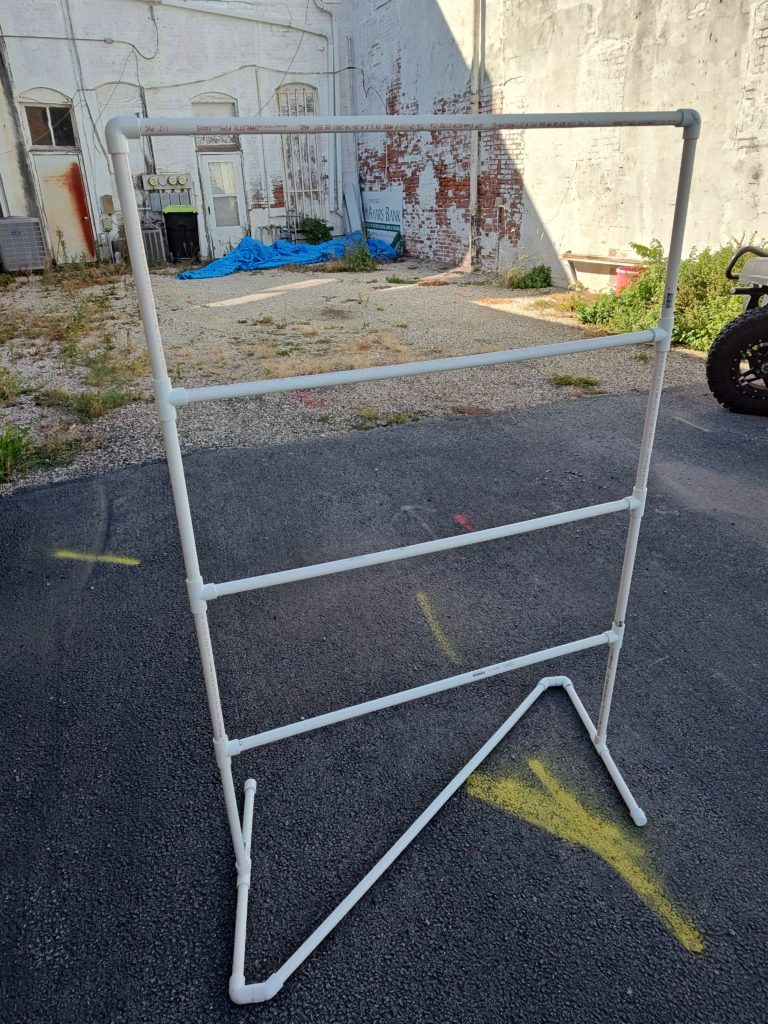
I filled the bottom half of each one with sand to give it some ballast so they don’t fall over.
Another simpler project was adding wheels to a lot of the furniture used in the backroom space so its all easier to move about as needed.
One thing my daughter really wanted were these dressing rooms, which were constructed out of some black iron pipe. They make “fancy” decorative pipes, but it was cheaper, and probably sturdier, to just buy some actual pipes. The main issue there was the coating on actual pipes is very gross and dirty and comes off easily, something you don’t want in a clothing store, so we sealed the popes before installing them.
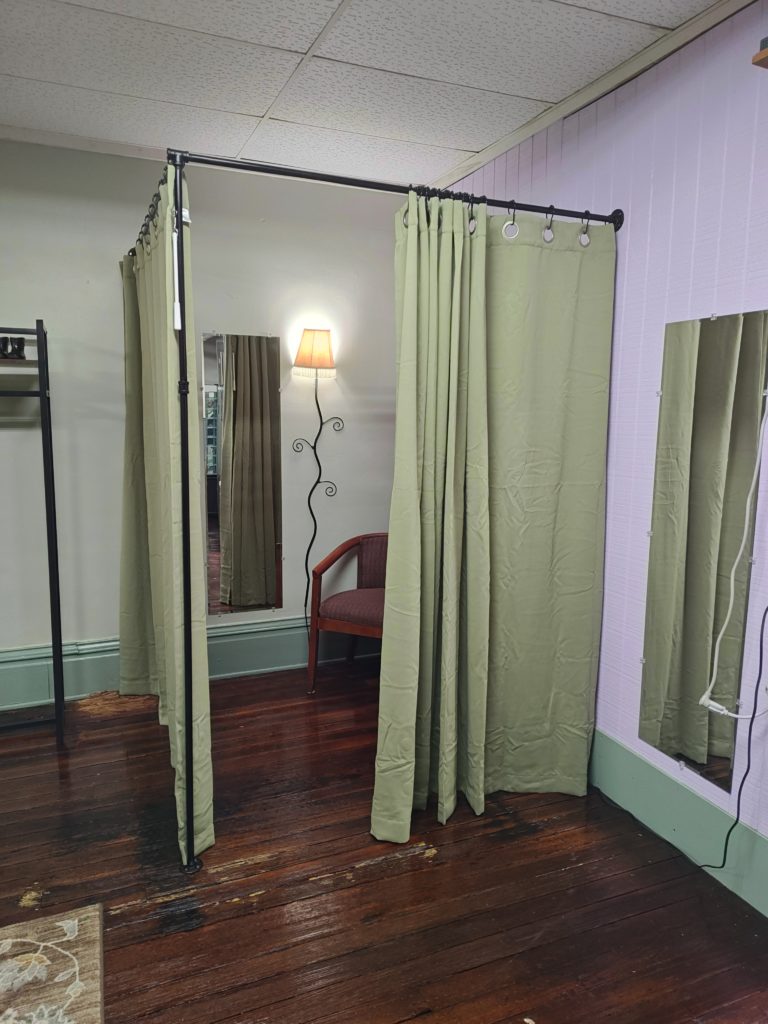
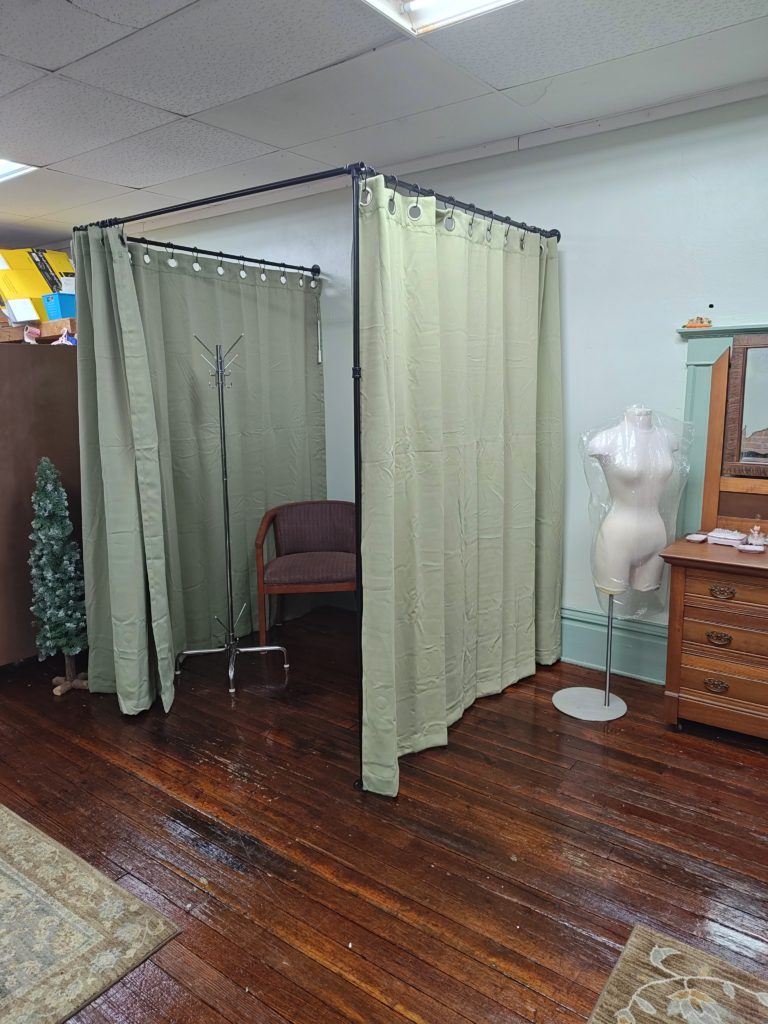
Just for comparison, the first dressing room photo here, is the same corner where I am sanding in the above image.
Probably the most complex project was the store’s sign. We will probably upgrade eventually to something mounted on the building, but for now I have built this nice stand up sign. They originally were looking at A frame signs but the wind is a big problem with those falling over. Then we looked at some swinging signs and decided those would work much better because the sign itself will swing instead of folding up and falling over.
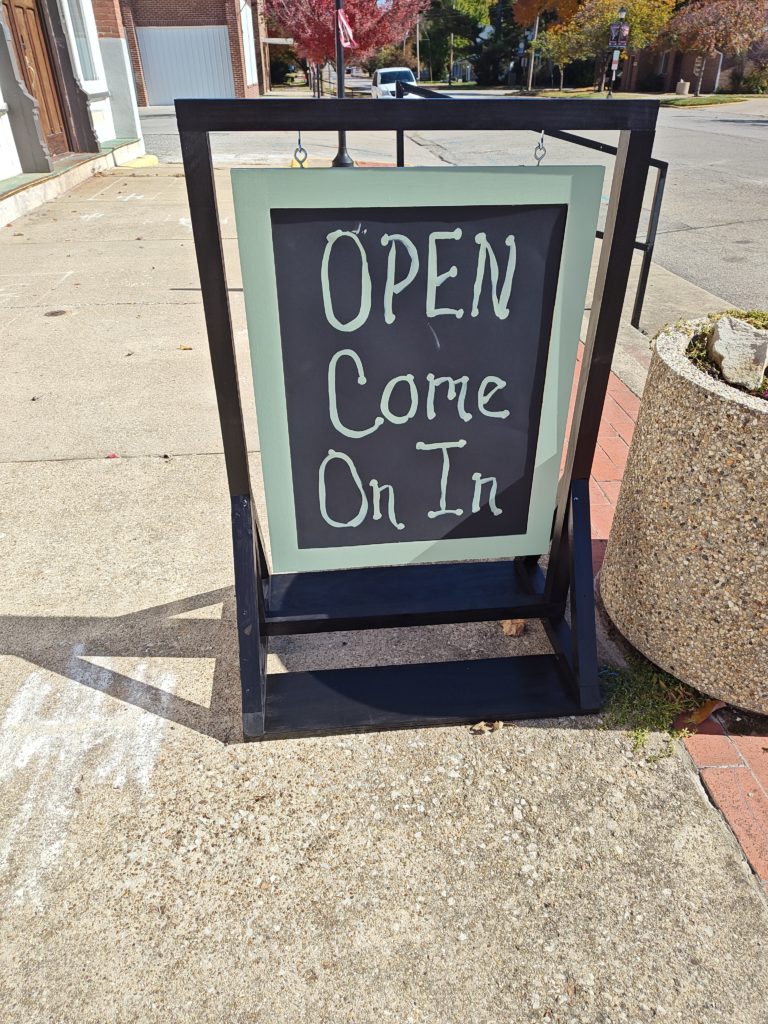
We also decided the pre built models online were kind of cheap, and I have the tools and ability to build things, so we just bought the wood to build a sign. Its also much heavier this was to make it more resistant to the wind as well.
I am not sure I have ever really talked about their businesses yet. It is “two businesses”. My daughter runs the Vintage clothing stuff on Lady Lettie Bug which means items of a particular style and type. My wife has R&T Thrift, which is a bit more general resale.
Most of the items come from estate sales. They will often go early to find things they want for sure, this is more often where the nicer higher value items come from. They also have made friends with several of the people who run these sales and will do a buy out of the leftover clothing after the sales. This helps them find more “hidden gem” sort of items for cheap, and helps the estate sellers clean out the homes.
Not everything from the buyouts is useful though, and a lot of the work is sorting through it all. The amounts can range anywhere from a single closet to an entire minivan full of clothes.
It gets sorted and separated into several categories.
- Some of it is just gross or ruined and goes into the garbage.
- Some of it is just damaged but could be cut up into rags
- Some of it is just slightly damaged or discolored but otherwise usable, most of these items are either donated or put out at the curb for free.
- Some of it is decent but doesn’t meet a value threshold for online, these often go into totes for a later garage sale. Pretty much everything above this line also gets laundered and cleaned unless it still has tags and is clean.
- Some items are nice and have been found to have sold online, so they get put aside to be listed.
- If it is a certain style or type, anything from the last category goes to my daughter as vintage instead of thrift.
One big benefit of the shop space is that it has hookups for a washer and dryer, though we don’t have a set there yet. We do a LOT of laundry and have gone through several washers over the last few years. This isn’t helped though by the washer space at the house being small so we basically can only really use smaller, cheaper, washers.
Anyway, its been a fun new adventure. There are social accounts and weblinks for everything over on the landing page for the business if you are interested in vintage clothing items.
Josh Miller aka “Ramen Junkie”. I write about my various hobbies here. Mostly coding, photography, and music. Sometimes I just write about life in general. I also post sometimes about toy collecting and video games at Lameazoid.com.
